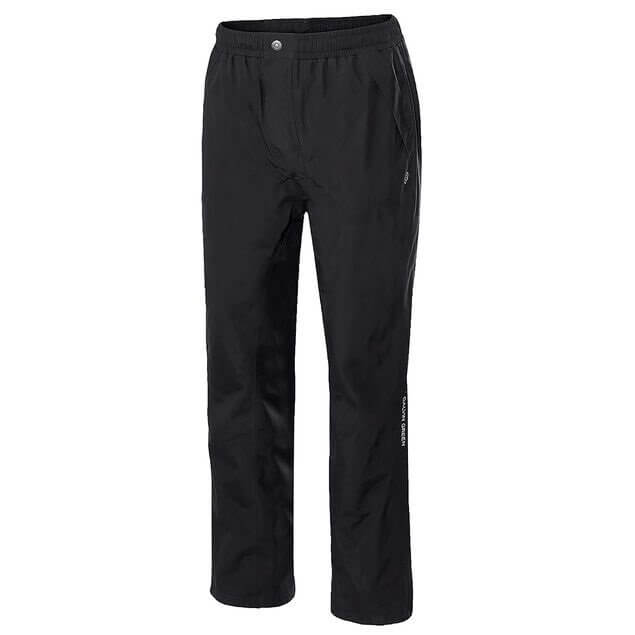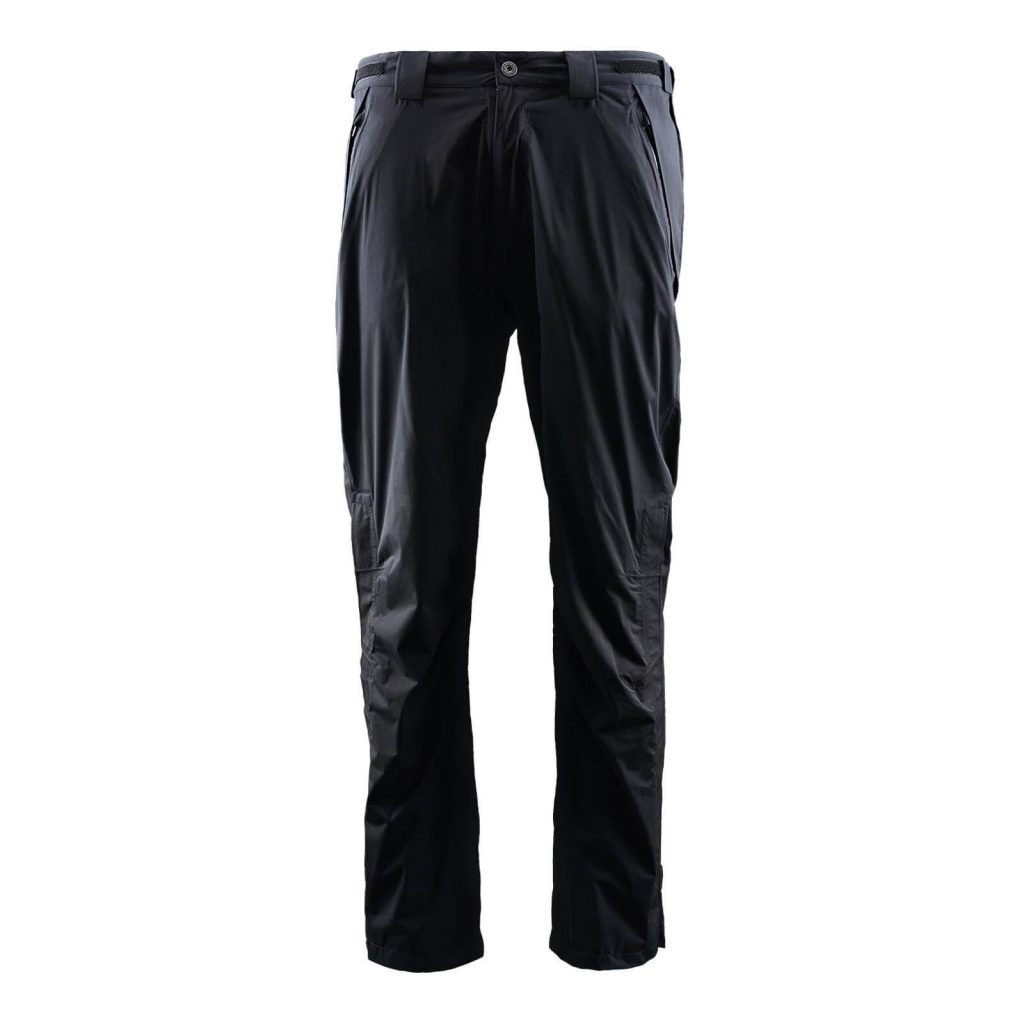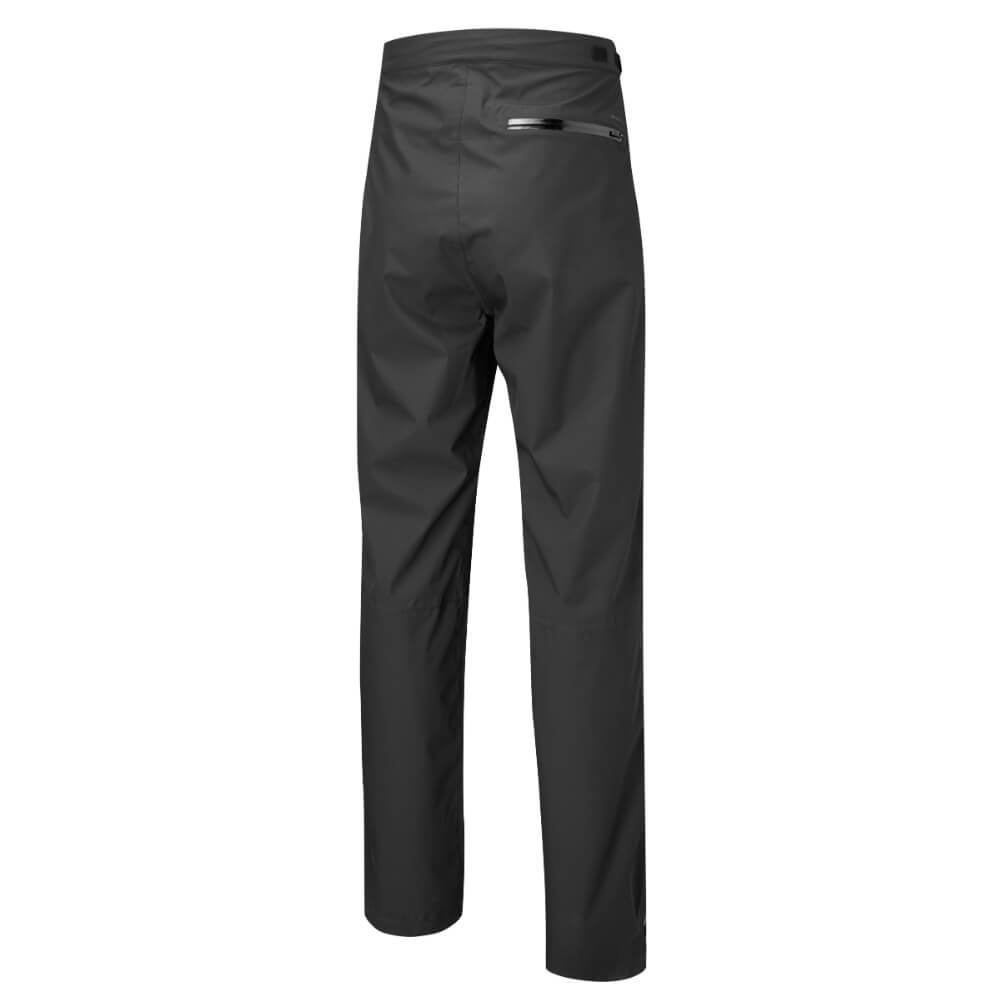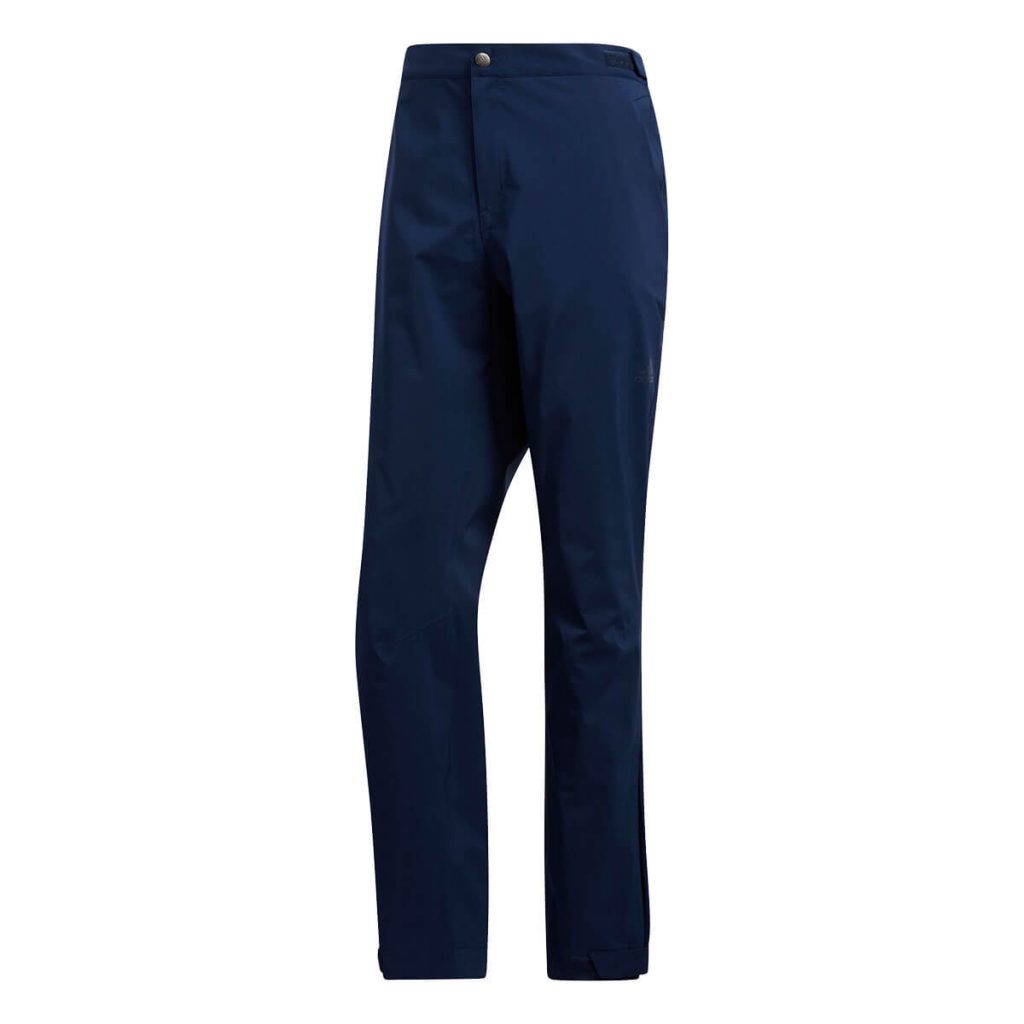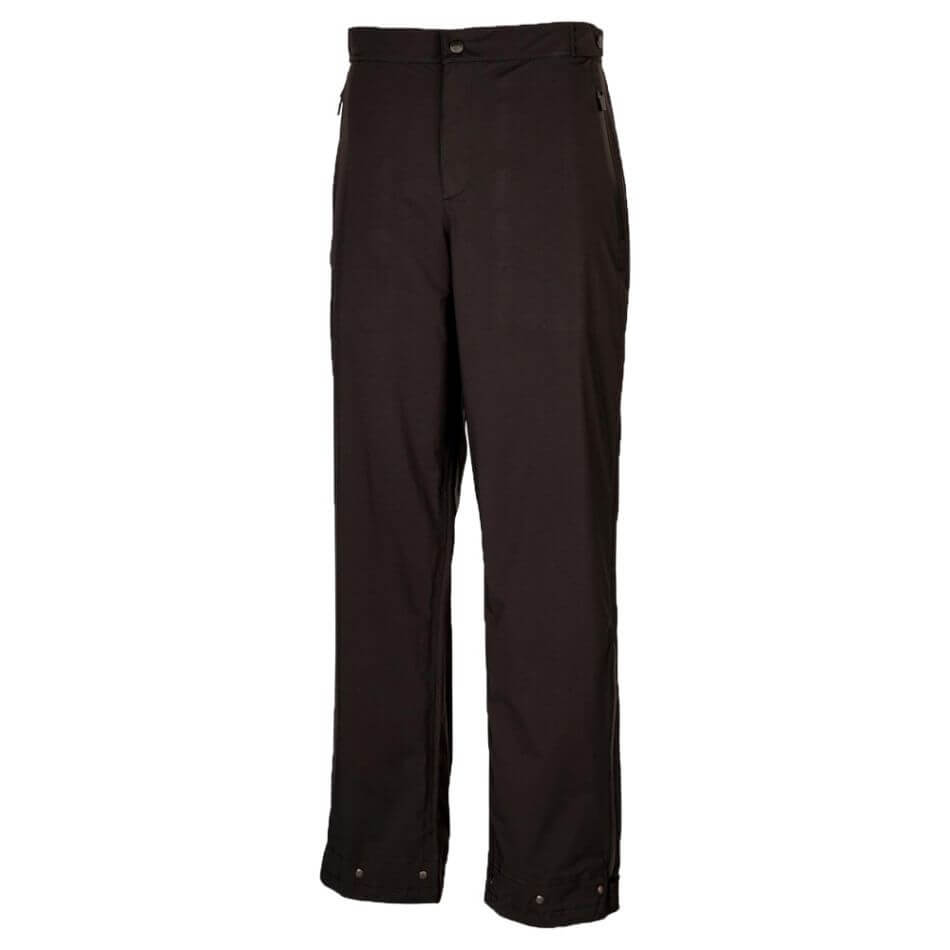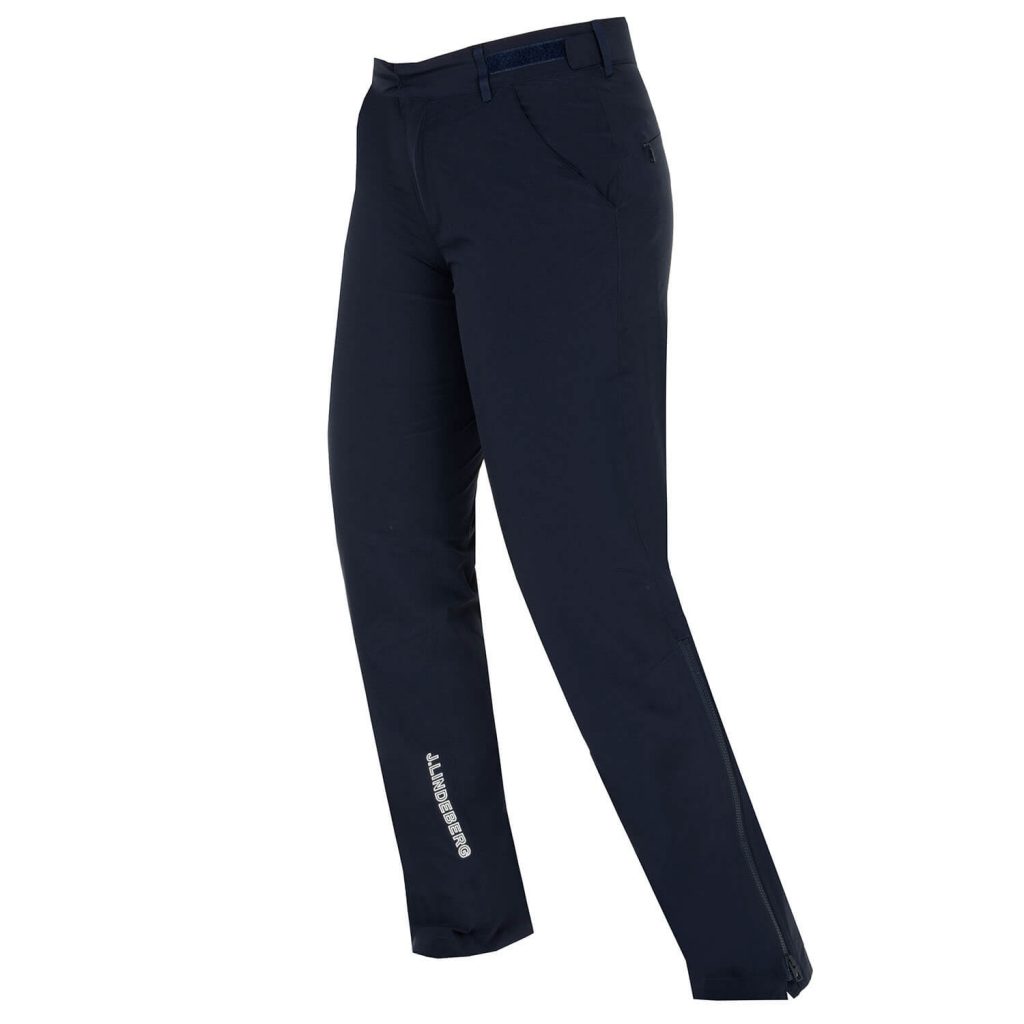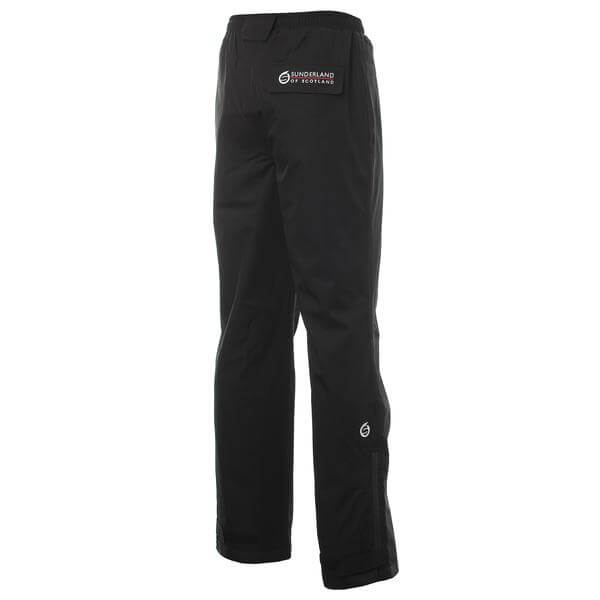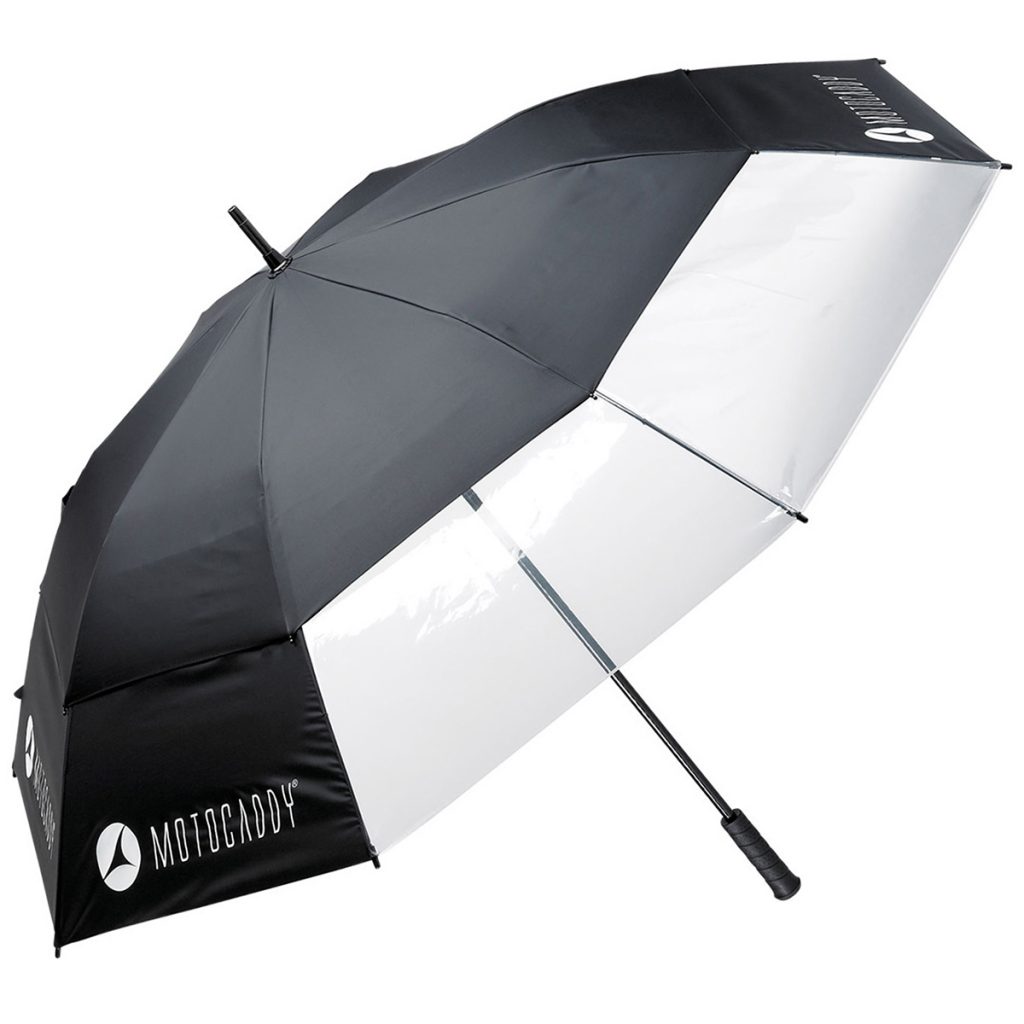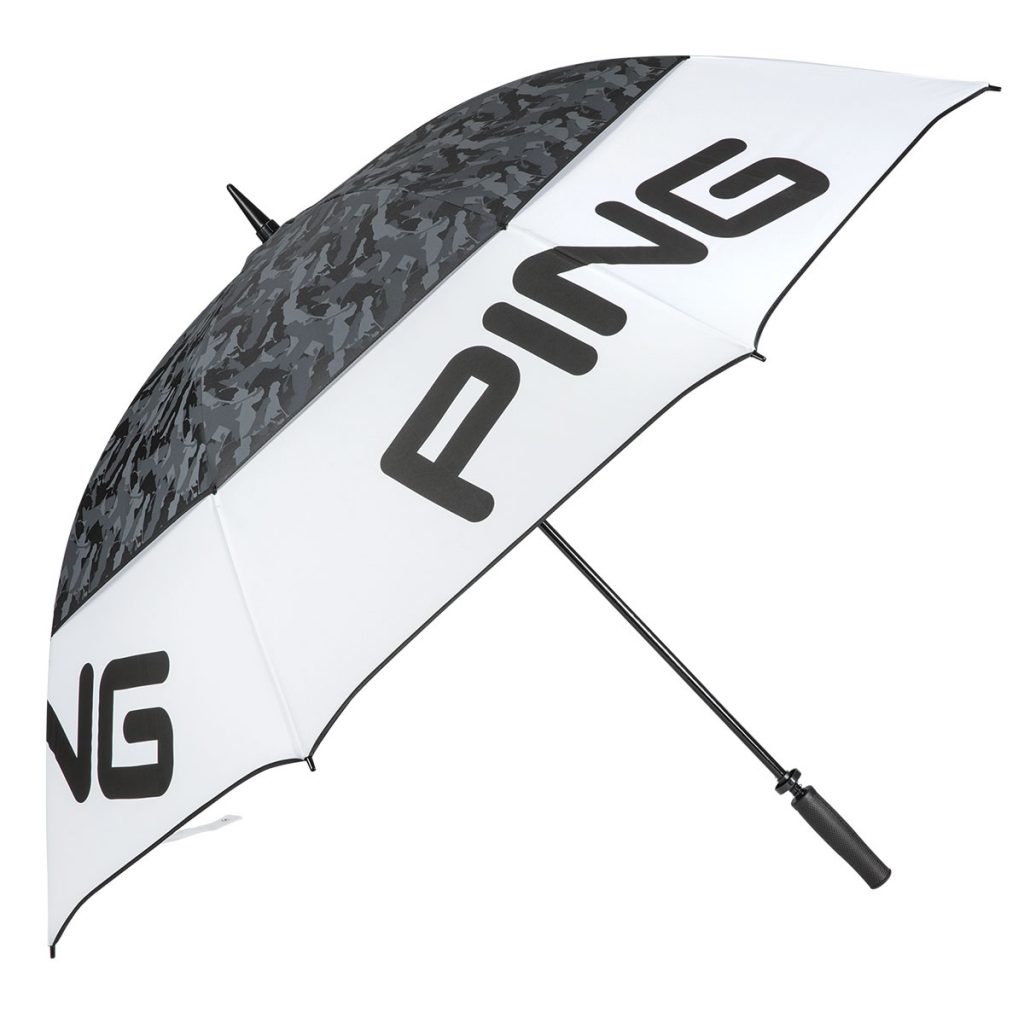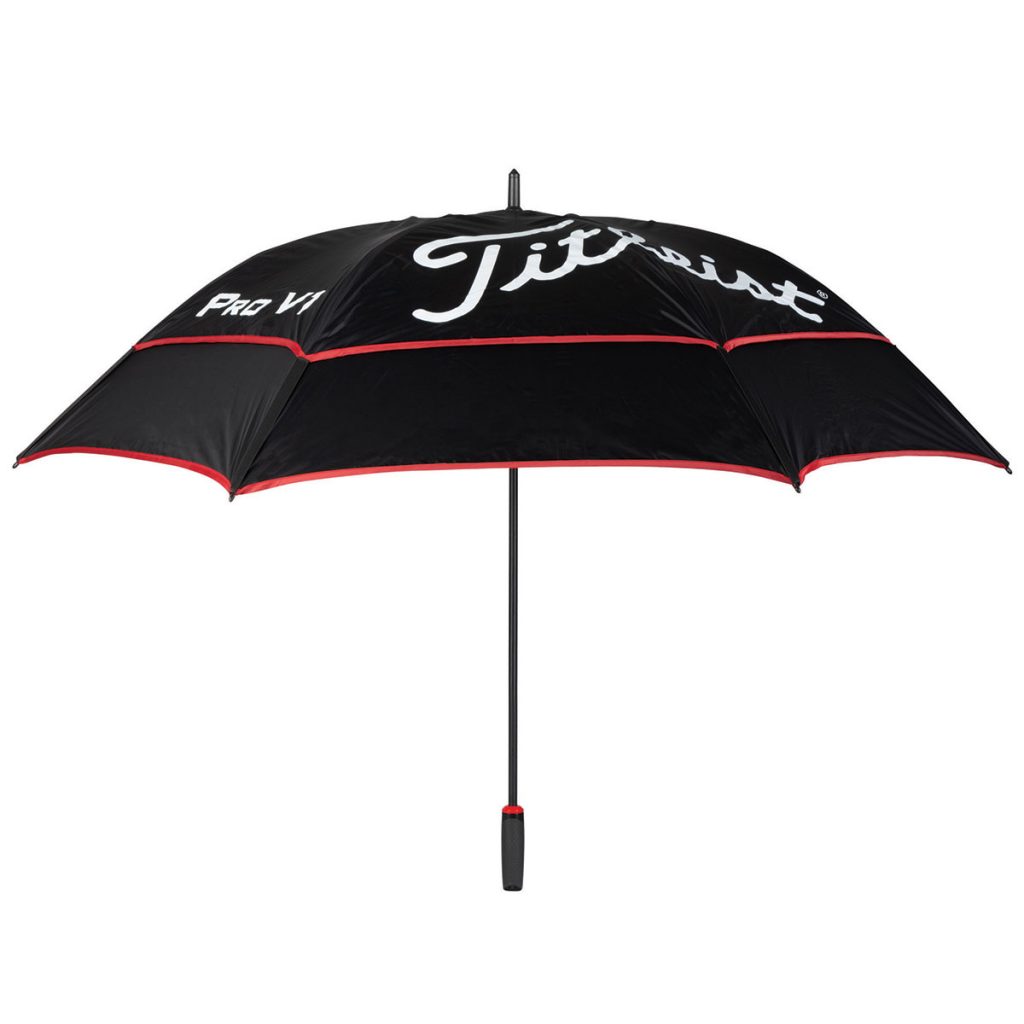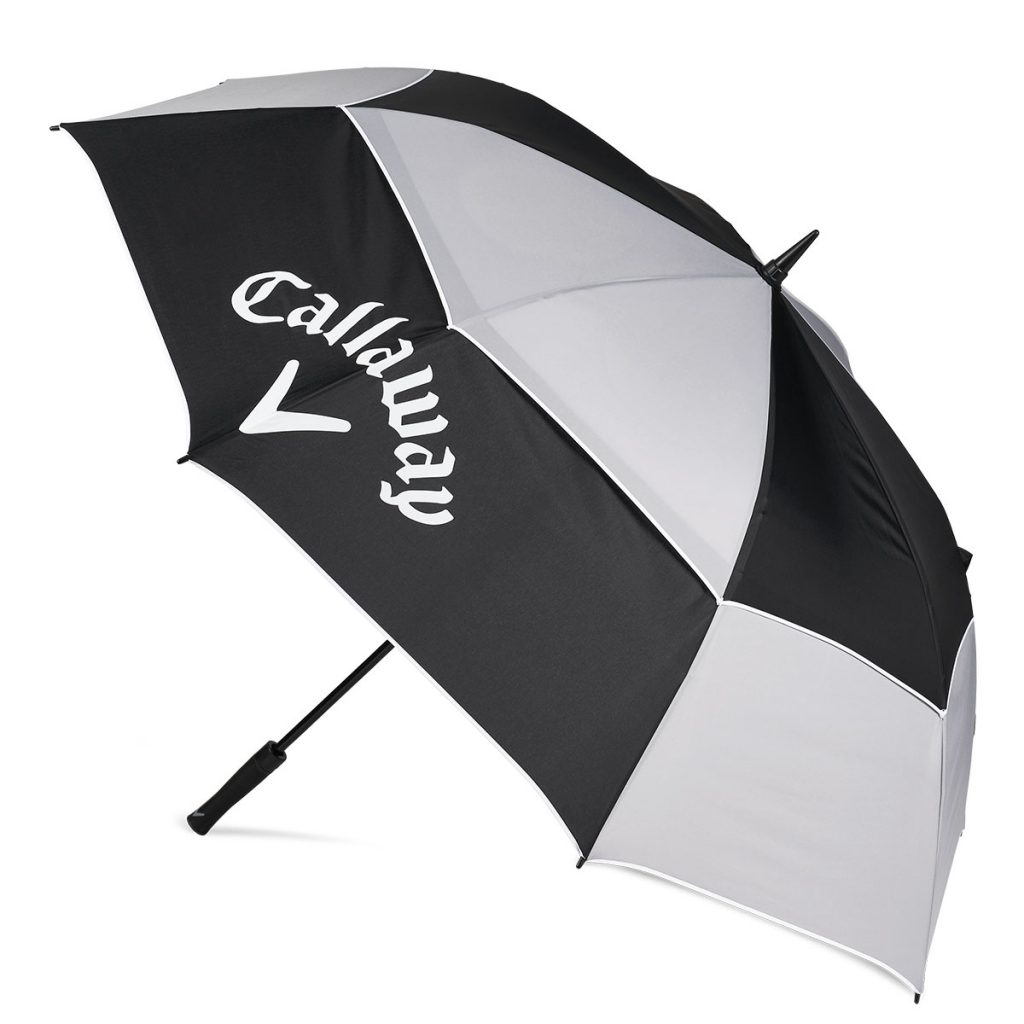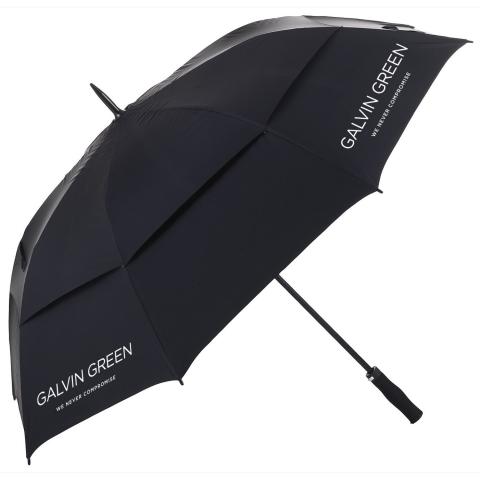No matter what level you play at, there’s a golf ball that will suit your game. Selecting the right one shouldn’t be overlooked, for it’s the one piece of equipment you use on every shot.
Just because you’re a high handicapper, your equipment choice isn’t any less important. In fact, high handicappers have a huge amount to gain from playing with a golf ball that suits their swing and ability.
First of all, what kind of high handicapper are you? For example – not everyone with a 20 plus handicap, or thereabouts, swings the club slowly or struggles for distance.
Often, players hovering around 20 or higher lose more shots around the green and don’t actually require a ball that delivers explosive distance.
That’s why the best balls for high handicappers comprise a selection of models that offer different performance benefits.
These balls can all be purchased for under £30.00 because, generally speaking, high handicappers struggle for consistency and can get through a fair amount of ‘ammo’.
Here are the 8 best golf balls for high handicappers.
1. Callaway Warbird Golf Balls, RRP £14.99

The latest Warbird features an extra-large, high energy core with a revolutionary Hex aerodynamic cover for exceptional carry distance and improved flight.
A thin ionomer cover adds an element of feel, but this two-piece ball is aimed at players seeking more distance. If you’re someone who tends to lose a few balls, and you need help getting it out there, £1.25 per ball represents very good value.
2. Titleist TruFeel Golf Balls, RRP £21.99

While many golfers will be drawn to the Titleist Pro V1, the manufacturer’s flagship model, high handicapper golfers would do well to start with its least expensive option.
The entry-level TruSoft represents a very good all-rounder; it’s a ball that offers improved driver distance compared to the previous model. In fact, it should deliver extra distance in the long game full stop.
While it may feel soft, it doesn’t possess the same short game control as premium balls, but there’s still plenty to like about it, including a new side stamp design, which helps with alignment on the green, plus it’s available in yellow and red.
3. Pinnacle Rush Golf Balls, RRP £19.99

The Pinnacle name goes back a long way, and in the Rush, you have a very good value distance ball – perfect for beginners as well as high handicappers.
As is the case with many distance balls, it has a high-energy core, which helps generate fast ball speeds through the bag. For anyone looking for a consistent, more powerful flight, the Rush is well worth trying.
4. Srixon Soft Feel Golf Balls, RRP £25.00

The Soft Feel – now the 12th generation – is one of Srixon’s most popular models. It’s aimed more at golfers with moderate swing speeds, with a core designed to ‘snap back’ into shape more quickly after impact for extra ball speed.
At the same time, this will reduce long-game sidespin, which can be especially useful for higher handicappers who struggle for accuracy. More fairways hit, and your scoring should start to improve.
5. Wilson Staff Duo Soft+ Golf Balls, RRP £21.99

Wilson Staff claims that this is the softest and longest premium two-piece ball on the market. However, you’re only like to see the benefit if your swing speed is under 90mph.
Another benefit for the higher handicap player is that its low-spin properties can help to soften slice and hook spin, therefore boosting the chances of hitting straighter shots.
And, unlike the all-out distance models, this ball should give players a little more control around the greens, too.
6. Mizuno RB566 Golf Balls, RRP £29.99
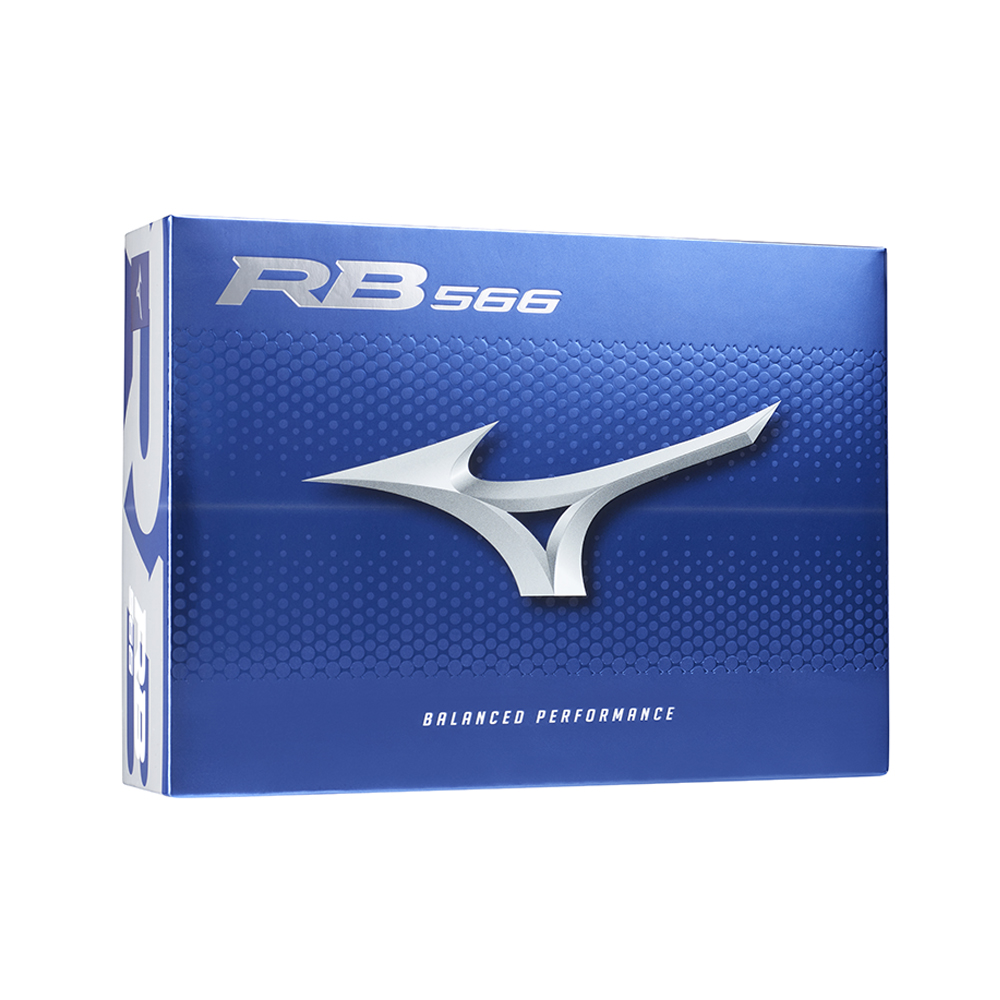
The Mizuno RB566 ball is designed primarily for distance and is suitable for those with mid to slow swing speeds.
Its core generates a straighter, more stable ball flight, while the 566 micro-dimple design delays the rate of descent to help players gain valuable extra yards. It might sound complex but simply put, good strikes should stay in the air longer.
Its durability is another plus, and as well as white, it’s available in yellow and orange – so, in theory, they stand a better chance of lasting longer.
7. Srixon AD333 Golf Balls, RRP £27.00

The Srixon AD333 has been on the market for nearly 20 years, and its popularity shows no sign of slowing down.
It features a Fast-Layer Core, which starts soft in the centre and gets progressively firmer towards the outer edge to maximise speed while keeping the spin low.
Meanwhile, the 338 Speed Dimple Pattern helps reduce drag through the air to create a more penetrating ball flight. It might lack a urethane cover, but it still offers good short game control, which makes it one of the best all-rounders on the market.
8. TaylorMade RBZ Soft Golf Balls, RRP £17.95

TaylorMade’s RBZ Soft offers good all-round performance and is wallet-friendly. The fast REACTcore is designed to store and release energy efficiently throughout the bag, helping golfers eke out extra yards.
As well as that, the LDP 342 high-lift, low drag dimple design promotes a high launch and keeps the ball up in the air longer for optimum distance. Higher handicappers should also find that the Iothane cover offers a decent amount of feel, which is a big plus for the short game.



